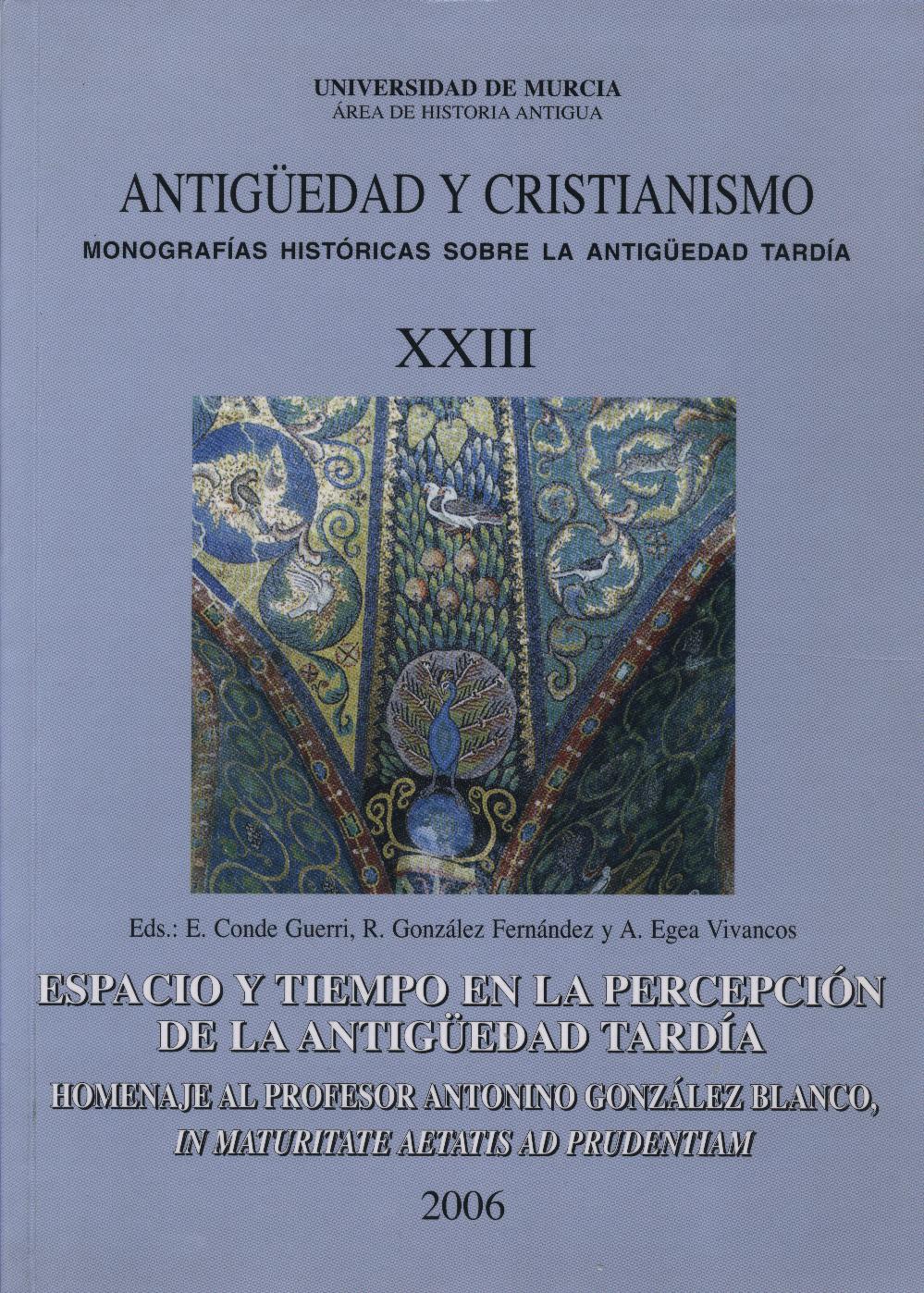Recorrido por la geografía del monacato rupestre cristiano. Una interpretación histórica
Abstract
This paper aims to give a broad, but not exhaustive, view of the eremitic tradition in caves. Rock monasteries took root in the anchoretic tradition and in the concept of sacred cave that was already visible in the first Christian communities in Palestine. The phenomenon of rock monasteries exists throughout the early Christian world, with a wide geographical variety stretching from the desert of Lebanon, Syria, Palestine and Ethiopia, to the mountainous regions of Anatolia, Armenia, Greece, central Europe, the Balkans and Mediterranean Europe. Dating rock monasteries and eremitories are a diffi cult task. Their chronology extends from the 3
rd century to today because many of the rock sanctuaries and monasteries still in use were founded during the Late Antiquity, Middle Ages, and even in modern times, and for traditional reasons are continually renewed. Rock monasteries and churches are far from being an archaic or back ward type of Christendom. They were a true melting pot of culture and religious art, as is visible through examples which are mentioned in this paper.
Downloads
1. The authors non-exclusively assign the exploitation rights (reproduction, distribution, communication and transformation) to the magazine.
2. The works published in this magazine are subject to the Attribution-ShareAlike 4.0 International license (CC By SA 4.0). Therefore, they can be copied, used, disseminated, transmitted and publicly displayed, provided that:
i) the authorship and the original source of its publication (journal, editorial and URL of the work) are cited, thus allowing its recognition.
ii) it is allowed to remix, transform or create from the material while maintaining the same license as the original.
Note: Articles prior to 2022 incorrectly display the CC by SA license in the abstract page. They are under a CC by NC ND license as embedded in the article pdfs. Articles published in 2022 and after are under the CC by SA license.

3. Self-archiving conditions. Authors are allowed and encouraged to electronically disseminate the pre-print (version before being evaluated) and/or post-print (version evaluated and accepted for publication) versions of their works before publication, as it favors their publication. Earlier circulation and diffusion and with it a possible increase in its citation and reach among the academic community. Color RoMEO: verde.























